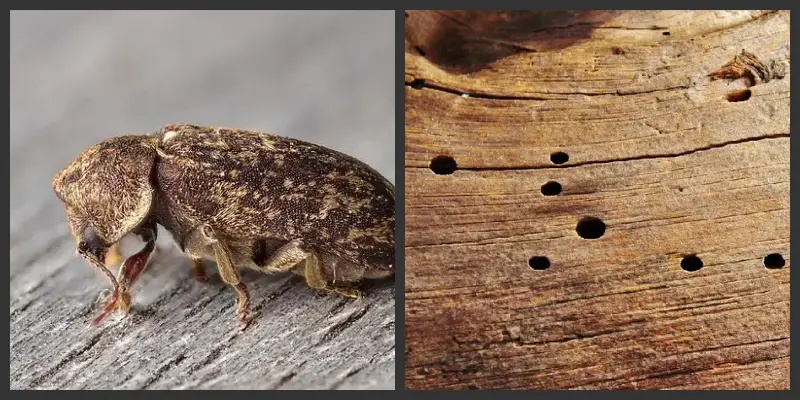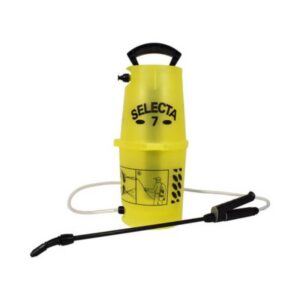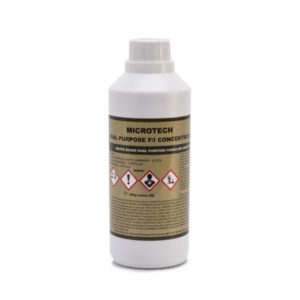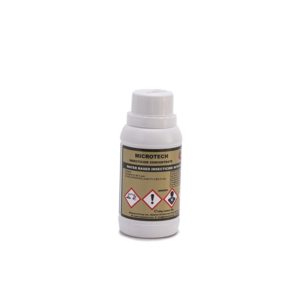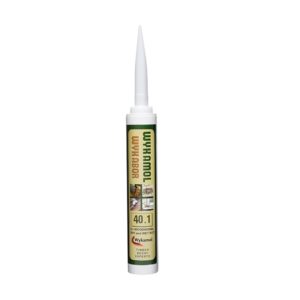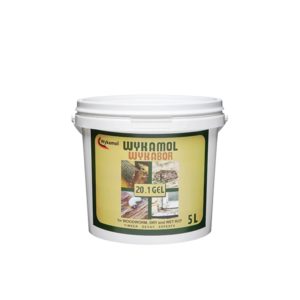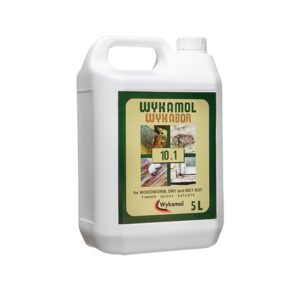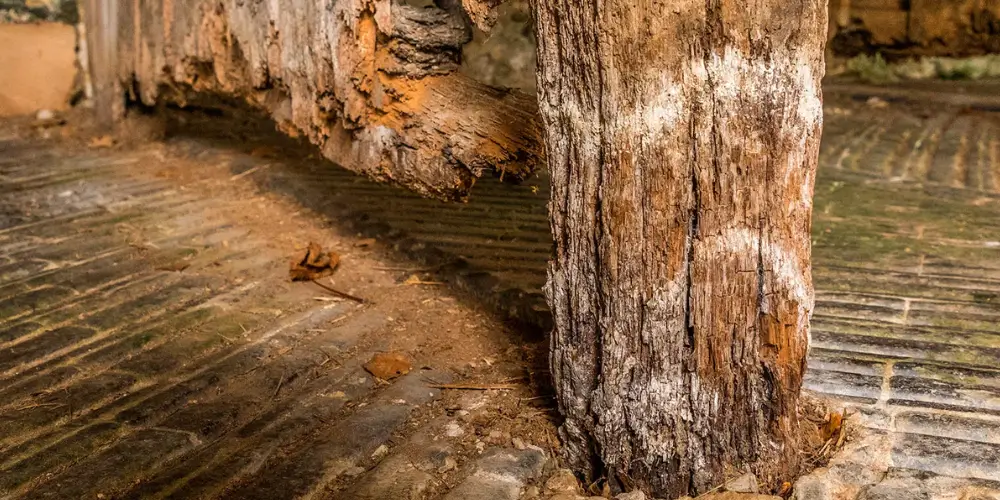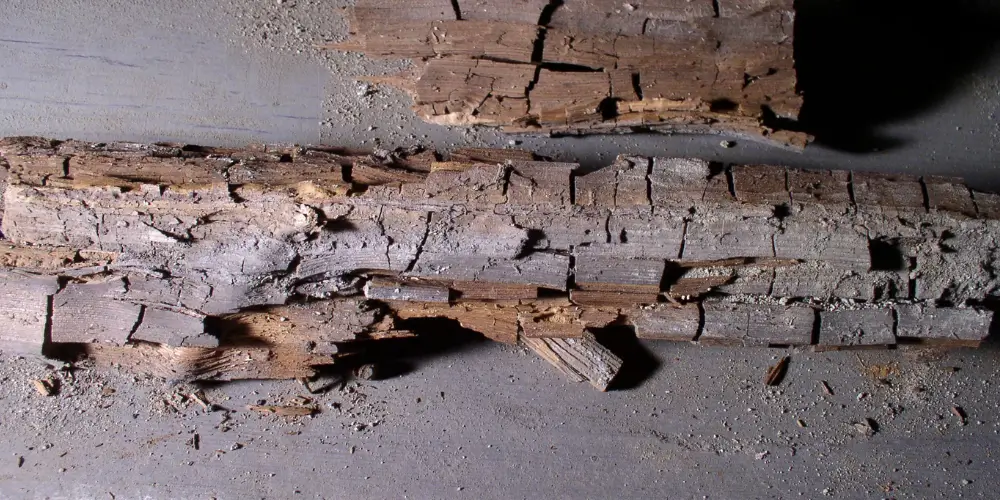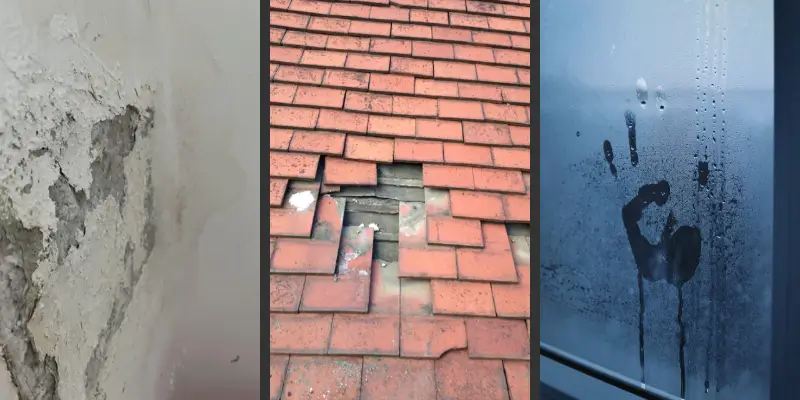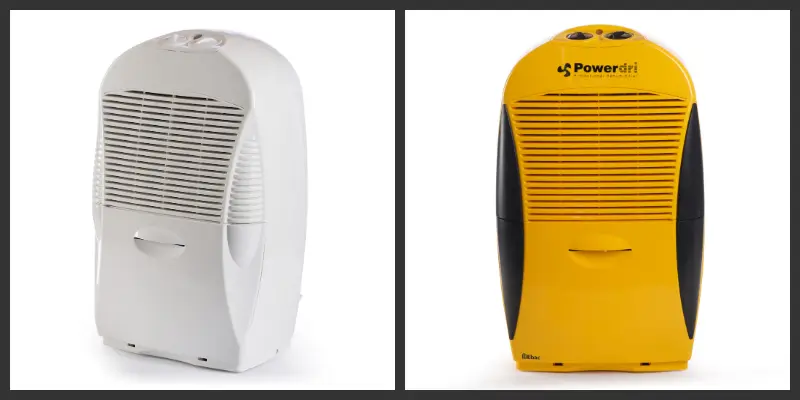What is Woodworm?
Woodworm is a term used to describe the larvae of various species of beetles that bore into and feed on wood. These insects can cause significant damage to wooden structures if left untreated. The most common type of woodworm in the UK is the Common Furniture Beetle, also known as Anobium punctatum.
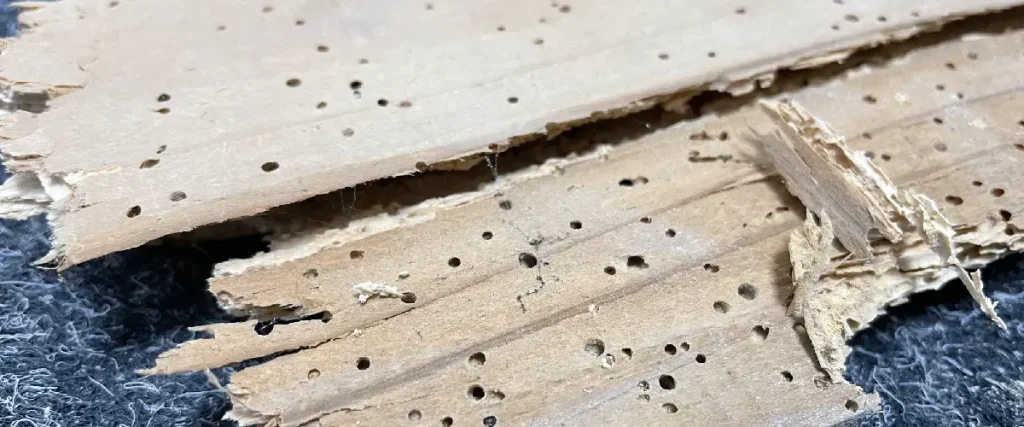
Common UK Woodworm Species
There are several species of wood-boring beetles that can be found in the UK. Each species has a slightly different life cycle and preferred type of wood. Some of the species are regional, preferring the warmer temperatures of the south of the country and are vary rarely found in the colder North.
Common Furniture Beetle (Anobium punctatum)
The Common Furniture Beetle is the most common type of woodworm in the UK. They are typically found in softwood such as pine and spruce, but can also infest hardwood. Adult beetles lay their eggs on or near the surface of the wood. The larvae bore into the wood and feed on the cellulose, leaving behind a network of tunnels. They can cause significant damage to furniture, and can affect the structural ability of floors, and roof timbers if left untreated.
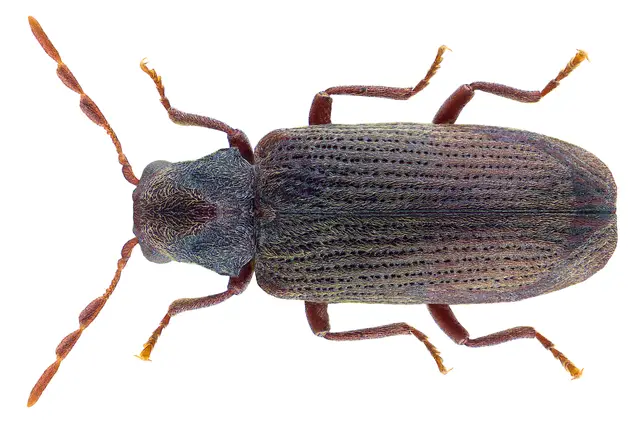
House Longhorn Beetle (Hylotrupes bajulus)
The House Longhorn Beetle is a larger species of woodworm that is typically found in hardwood such as oak and ash. They are less common in the UK than the Common Furniture Beetle, but can still cause significant damage to wooden structures. The larvae of the House Longhorn Beetle can take up to ten years to mature, and can grow up to 25mm in length. They create large tunnels in the wood, weakening it and making it more susceptible to further damage.
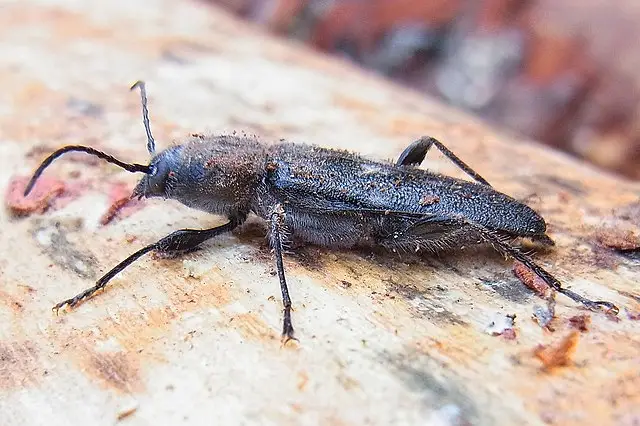
Deathwatch Beetle (Xestobium rufovillosum)
The Deathwatch Beetle is a type of woodworm that is commonly found in oak and elm. They are named for the ticking sound that the adult beetles make, which was once believed to be a sign of impending death. The larvae of the Deathwatch Beetle can take up to ten years to mature, and can cause significant damage to the wood as they feed.
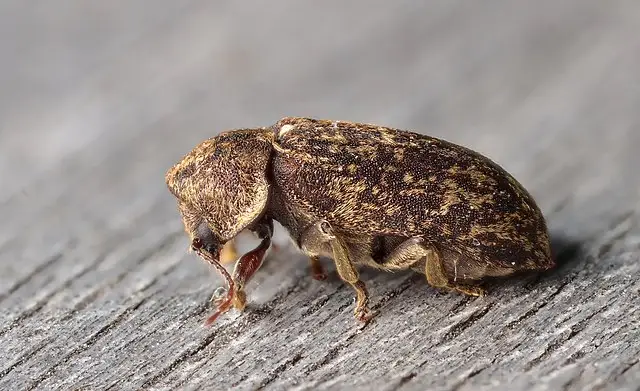
Powderpost Beetle (Lyctus brunneus)
The Powderpost Beetle is a small species of wood-boring beetle that is commonly found in hardwood such as oak and ash. They are named for the fine powdery dust that they leave behind as they bore into the wood. The larvae of the Powderpost Beetle can take up to three years to mature, and can cause significant damage to the wood as they feed.
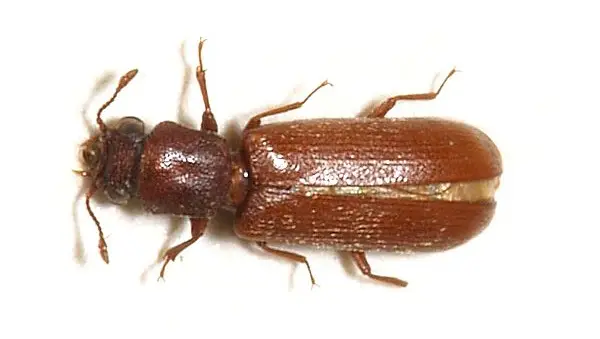
Woodboring Weevil Pentarthrum huttoni
Woodboring Weevil Pentarthrum huttoni is a type of beetle that is usually found in softwood such as pine and spruce. They are typically smaller than other wood-boring beetles, and create small tunnels in the wood. While they are not as destructive as other species, they can still cause damage to wooden structures if left untreated.
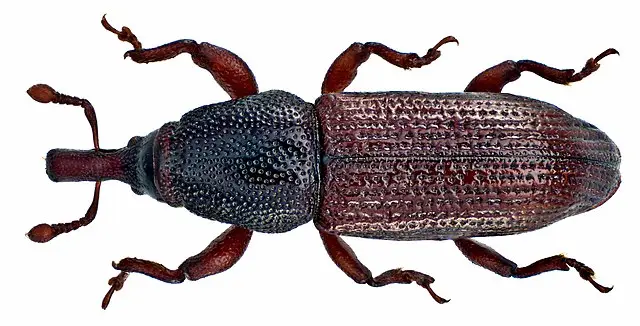
Euophryum confine
Euophryum confine is a type of wood-boring beetle that is commonly found in hardwood such as oak and beech. They are smaller than other species and create small tunnels in the wood. While they do not cause as much damage as other species, they can still weaken the wood and make it more susceptible to further damage.
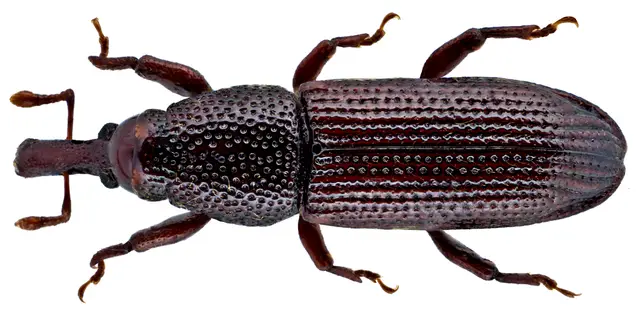
Understanding the different types of wood-boring beetles that can be found in the UK can help you to identify an infestation and take steps to prevent and treat it. If you suspect a woodworm infestation in your home or building, it is important to contact a professional pest control company for advice and treatment options.
How does Woodworm cause damage and why it is Important to treat it?
Woodworm infestations can cause significant damage to wooden structures, furniture, and other items made of wood. The larvae of wood-boring beetles feed on the cellulose in the wood, leaving behind a network of tunnels and weakening the structure of the wood. If left untreated, the damage can become severe and affect the structural integrity of the building or furniture.
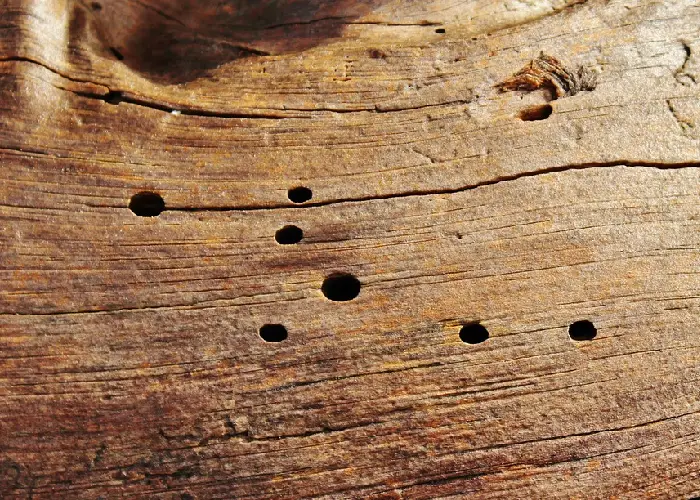
One of the biggest dangers of a woodworm infestation is that it can go unnoticed for a long time. The larvae can take several years to mature, and during this time, they can cause extensive damage to the wood without being visible to the naked eye. By the time the adult beetles emerge and the signs of the infestation become visible, the damage may already be severe.
It is important to treat a woodworm infestation as soon as it is detected. Professional pest control companies can offer a range of treatment options, including insecticide sprays, heat treatment, and fumigation. The type of treatment used will depend on the severity of the infestation and the type of wood-boring beetle involved.
If a woodworm infestation is not treated, the long-term effects can be significant. The weakened wood can become structurally unsound, making it more susceptible to collapse or other forms of damage. In addition, the infestation can spread to other areas of the building or furniture, causing even more damage.
What Attracts Woodworm and Which Types of Wood Do They Prefer?
Wood-boring beetles prefer wood that is moist, damp, and has a high level of cellulose. The moisture content of the wood is particularly important, as woodworm larvae require a certain level of moisture in order to survive and grow. This means that wood that is stored in damp or humid environments is particularly susceptible to woodworm infestations.
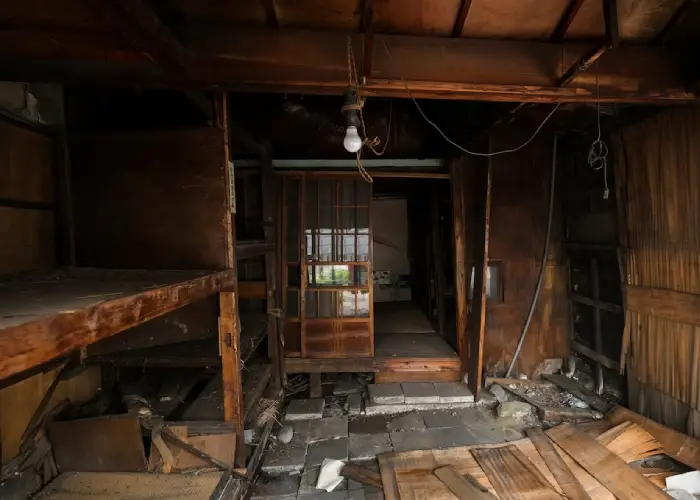
There are also certain types of wood that wood-boring beetles prefer. Softwoods such as pine, spruce, and fir are particularly attractive to woodworm, as they have a higher cellulose content and are more porous than hardwoods. However, hardwoods such as oak, ash, and beech can also be susceptible to woodworm infestations, particularly if they are stored in damp conditions.
In addition to the type of wood and the moisture content, wood-boring beetles are also attracted to wood that has been damaged or has cracks, as these provide easy access for the larvae to burrow into the wood.
How Can You Tell if Woodworm are Active and Where Can You Find Them?
Woodworm infestations can be difficult to detect, as the larvae can remain hidden inside the wood for many years. However, there are some signs that can indicate whether or not woodworm is active. One of the most obvious signs of a woodworm infestation is the appearance of small, round holes on the surface of the wood. These holes are created by the adult beetles as they emerge from the wood after completing their life cycle. Fresh exit holes are a clear sign of an active infestation, as they indicate that adult beetles are present and laying eggs in the wood.
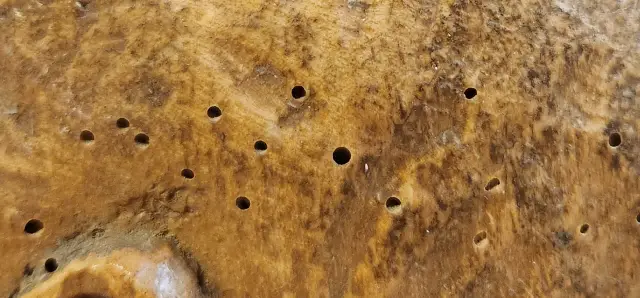
Another sign of a woodworm infestation is the presence of frass, which is a mixture of wood dust and insect excrement that is left behind by the larvae as they tunnel through the wood. Frass can often be found around the exit holes or in the tunnels themselves and can indicate the presence of an active infestation.
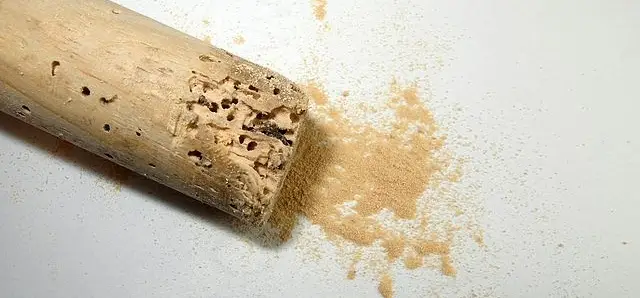
If you suspect a woodworm infestation, it is important to inspect the wood thoroughly for signs of activity. This can involve tapping the wood with a hammer or chisel to detect any hollow or weakened areas or using a moisture meter to check for high levels of moisture in the wood. Woodworm can be found in a variety of wooden structures and items, including furniture, flooring, beams, and joists. They are particularly attracted to damp or moist wood, so areas such as basements, cellars, and attics can be particularly susceptible to infestations.
What is the life cycle of Woodworm and when are they active?
Woodworm go through a life cycle that includes four stages: egg, larva, pupa, and adult.
- Eggs: The eggs are laid by adult wood-boring beetles in crevices or cracks in the wood.
- Larvae: The larvae hatch from the eggs and feed on the wood, creating tunnels as they go.
- Pupa: The larvae then pupate and eventually emerge as adult beetles, creating exit holes in the wood as they do so.
- Adult: The length of the life cycle varies depending on the species of wood-boring beetle, but it can range from several months to several years.
The timing of when woodworm become active depends on the species of wood-boring beetle and environmental conditions such as external temperatures. Some species, such as the Common Furniture Beetle, are usually active from April to September in the South, but this may be May to September in the cooler North of the country, while others, such as the House Longhorn Beetle, are active from May to August. The larvae of some species can remain dormant for long periods of time, only becoming active when conditions are right.
However, it is important to note that woodworm larvae can remain active year-round if the wood they are infesting remains moist and warm enough. This can be particularly true in heated buildings, where the temperature and humidity levels can remain relatively stable throughout the year. Additionally, certain species of wood-boring beetles may have adapted to survive in colder climates and may remain active even in the winter.
How to Prevent Woodworm
Preventing a woodworm infestation is much easier than dealing with one after it has already occurred. Here are some steps you can take to prevent woodworm from infesting your wooden structures and furniture:
- Keep wood dry: Woodworm larvae require a certain level of moisture in order to survive and grow. Keep wooden structures and furniture dry by ensuring that they are stored in a dry, well-ventilated environment. If you live in an area with high humidity, consider using a dehumidifier to reduce moisture levels.
- Treat wood with preservatives: There are a variety of wood preservatives available that can help to protect wood from woodworm infestations. These products can be applied to wooden structures and furniture to repel wood-boring beetles and prevent them from laying eggs.
- Inspect wood regularly: Regularly inspect wooden structures and furniture for signs of damage or infestation. Look for small, round exit holes or the presence of frass, which can indicate an active infestation.
- Fill in cracks and crevices: Woodworm larvae are attracted to wood that has cracks and crevices, as they provide easy access for the larvae to burrow into the wood. Fill in any cracks or crevices with wood filler to make the wood less attractive to wood-boring beetles.
- Use protective covers: If you are storing wooden items such as furniture, consider using protective covers to prevent wood-boring beetles from laying eggs on the wood.
How to Treat Woodworm
If you have discovered an active woodworm infestation, it is important to take immediate action to prevent further damage. Here are some steps you can take to treat woodworm:
- Identify the species: Different wood-boring beetles require different treatment methods. Identify the species of wood-boring beetle responsible for the infestation to determine the appropriate treatment method.
- Remove affected wood: If the infestation is severe, it may be necessary to remove and replace the affected wood. This can be a costly and time-consuming process, but it is the only way to ensure that all of the larvae have been removed.
- Apply insecticide: Insecticides can be used to kill the larvae and prevent further infestations. There are a variety of insecticides available, including sprays, liquids, and fumigants. Follow the instructions carefully when applying insecticides, as they can be harmful if not used correctly. Please note – it is illegal for a contractor to specify preventative treatments but it is not illegal for a householder to request preventative treatment.
We answer some of the most asked questions on Google regarding woodworm

Can I treat woodworm myself?
Yes, it is important to identify the type of woodworm as different species require different treatments. It is also a good idea to check the extent of the damage the attack has caused to be sure the timbers are still strong enough for there intended purpose.
What’s the best treatment for woodworm?
We would always recommend the more environmentally friendly treatments, water based so as to avoid solvents and VOC’s.
Some of our Woodworm treatments can be seen below:
-
Selecta 7 Pump Sprayer – 7ltr£21.66 ex. VAT
-
Wykamol Microtech Dual Purpose Concentrate£20.97 ex. VAT
-
Wykamol Microtech Insecticide Concentrate£12.04 ex. VAT
-
Wykamol Wykabor 40.1 Wood Treatment – 400ml£8.87 ex. VAT
-
Wykamol Wykabor 20.1 Gel – 5ltr£33.06 ex. VAT
-
Wykamol Wykabor 10.1 Wood TreatmentFrom £14.16 ex. VAT
To see all Woodworm treatments please visit our Woodworm products page.
What is the best time of year to treat woodworm?
The best time to treat woodworm is prior to the flight season , we would suggest treatment up to the end of March will catch the insects exiting the timber and kill them before mating and laying new eggs.
Can I Treat Woodworm with Vinegar?
We would not recommend treating woodworm with vinegar as it is acidic and an irritant.
Will household bleach kill woodworm?
We would not recommend treating woodworm with bleach as it is corrosive and an irritant.
Does white spirit treat woodworm?
We would not recommend treating woodworm with white spirit as it is corrosive, an irritant, and inflammable.
Does WD 40 kill woodworm?
We would not recommend treating woodworm with WD40 as it is corrosive, an irritant, and inflammable.
How long does a woodworm infestation last?
A woodworm infestation can continue for many years, it can accelerate as more and more flights increase the number of eggs laid.
Can you live in a house with woodworm?
Yes you can, the woodworm is not particularly harmful to humans, however we would recommend you continually monitor the situation as it can become dangerous when the floor timbers etc start to lose structural integrity and collapse.
Can wood with woodworm be saved?
Yes, if treated early enough you can successfully kill off the infestation and stop the degradation of the timbers involved.
Is woodworm treatment covered by house insurance?
Not usually, however it is always wise to check your individual policy.
Is woodworm caused by damp?
Wood boring weevil (a type of woodworm) only lives in timber suffering from wood rot, this is in turn usually caused by timber being in contact with damp masonry or leaks. Most other woodworm thrive in timber with a higher than normal moisture content, and some woodworm cannot survive in dry timbers.
